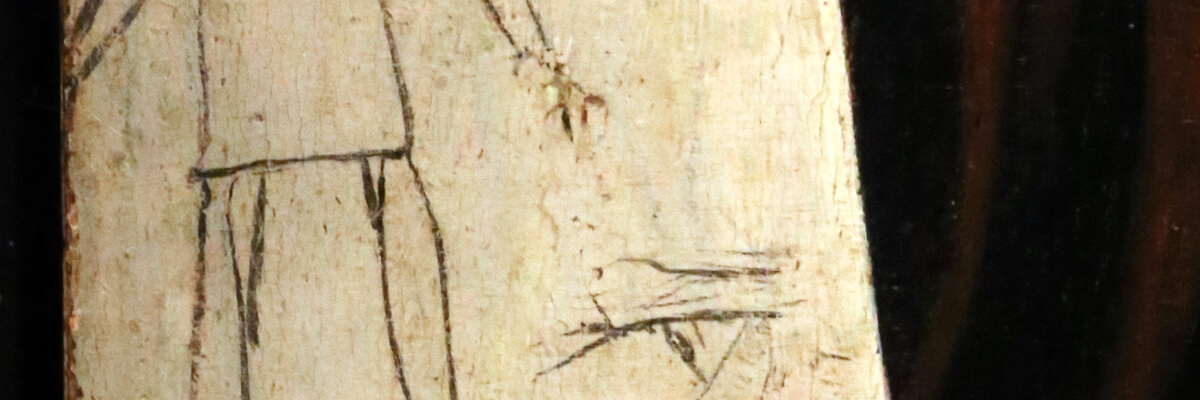IRIS LAUTERBACH
1960 erschien in Zürich der Roman Es muß nicht immer Kaviar sein des österreichischen Schriftstellers Johannes Mario Simmel (1924–2009). Der Untertitel „Die tolldreisten Abenteuer und auserlesenen Kochrezepte des Geheimagenten wider Willen Thomas Lieven“ spielt auf Honoré de Balzacs Contes drôlatiques an und weckt bei der Leserin, beim Leser die Erwartung anzüglicher Schilderungen unterhaltsamer Liebesabenteuer. In der Tat ist dieser moderne Schelmenroman nicht nur pikaresk, sondern auch pikant. Denn nicht minder virtuos als die Liebeskunst beherrscht der Protagonist Thomas Lieven die Kochkunst. Seine Erfolgsrezepte – von Aal in Salbei bis Zitronen-Soufflé – sind über das Buch verteilt. Als „Geheimagent wider Willen“ gelingt es Lieven, während des Krieges und in der Nachkriegszeit das Leben nach seinem Geschmack zu genießen.
„Russische Creme am Friedensengel: Der Central Collecting Point bei Johannes Mario Simmel“ weiterlesen

